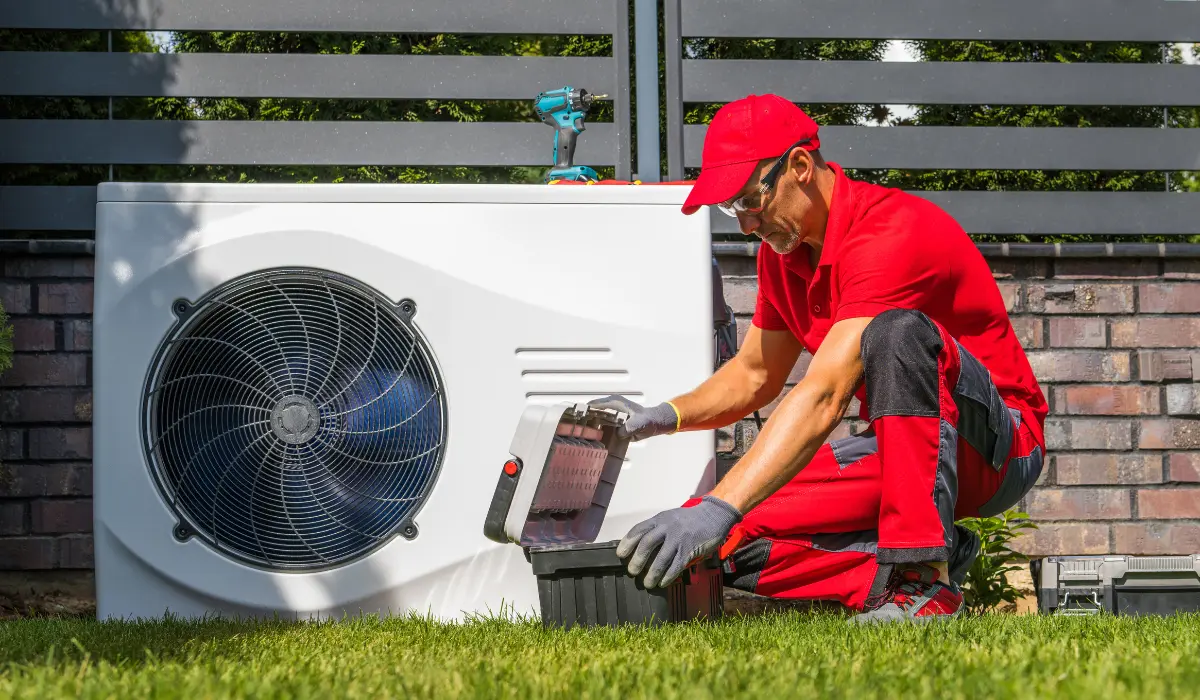Understanding your home’s heat pump is crucial because it plays a significant role in maintaining your indoor temperature throughout the year. Heat pumps work by transferring heat from one space to another, either into your home during colder months or outside during hotter months. This process ensures a constant flow of air that keeps your interior comfortable and livable.
However, many homeowners don’t know much about their heat pumps or how they function. Fortunately, there are plenty of resources that can provide assistance. If you’re in need of more information, keep reading to find out about what pumps are and what they do.
What Are Heat Pumps and What Do They Do?
For those who are unfamiliar, heat pumps are an efficient and reliable way to heat and cool your home. Heat pumps use electricity to transfer thermal energy from one place to another, such as between the inside of your home and outdoors.
This means that in order for a heat pump system to function properly, it needs to be sized correctly, so you should learn more about heat pump sizing. Sizing a heat pump requires knowledge of the size of the space you want the heat pump installed in, how much heating or cooling capacity is needed for that space, and the environment where you live.
When selecting a heat pump model for your home, you have to understand how its size will impact performance. Generally speaking, bigger isn’t always better when it comes to choosing a unit; if the system is too big for your space then there’s potential for short-cycling.
On the other hand, if the unit is too small then it won’t have enough power or volume capacity to keep up with demand – resulting in uncomfortable temperatures or higher energy bills. To ensure maximum comfort and efficiency within your living environment, make sure that you choose a model that can accommodate your space.
Always consider their local climate conditions when selecting an appropriately sized unit. Those located in colder climates should opt for larger units than those found in warmer regions due to their ability to handle additional demands during winter months more effectively than smaller models would be able to.
See Also: A High-Net-Worth Homeowners Insurance Guide
How Else Can You Keep Your Home Warm?
Now, let’s discuss some of the other things you can do to keep your home warm, no matter what the temperature is like outside. For one, ensure that your home is well-insulated. Proper insulation prevents heat loss and keeps your home warmer for longer periods.
You can insulate your attic, walls, and floors to prevent heat from escaping. Insulating doors and windows with weatherstripping or draft excluders can also prevent cold air from getting in. In addition, keeping doors and windows closed can help trap heat inside the room.
You can use natural heat sources to warm your home too, which has the added advantage of not driving up your utility bills due to the fact that you’re running your HVAC system all day long. During the day, open curtains and let natural sunlight in; at night, shut curtains and doors to keep heat in when it starts to get cool outside. Using your oven and leaving the door open for a few minutes after cooking can also warm your kitchen. You can also use blankets, throws, and hot water bottles to keep warmth in while relaxing in the living room.
Also Read: Do’s and Don’ts of Residential Roofing
Conclusion
Overall, heat pumps are an eco-friendly and affordable solution to heating and cooling needs in a variety of environments. They are able to provide both heating and cooling, while utilizing renewable energy sources, making them an environmentally friendly choice. Heat pumps are also versatile, can be used in a wide range of applications, and are easy to install and maintain.
Heat pumps provide a reliable, efficient, and cost-effective heating and cooling solution. You can further protect the temperature of your home by taking steps like insulating your home and using natural heat sources for warmth.





